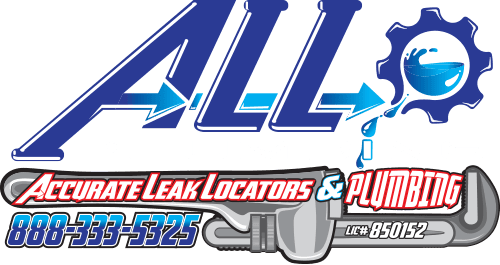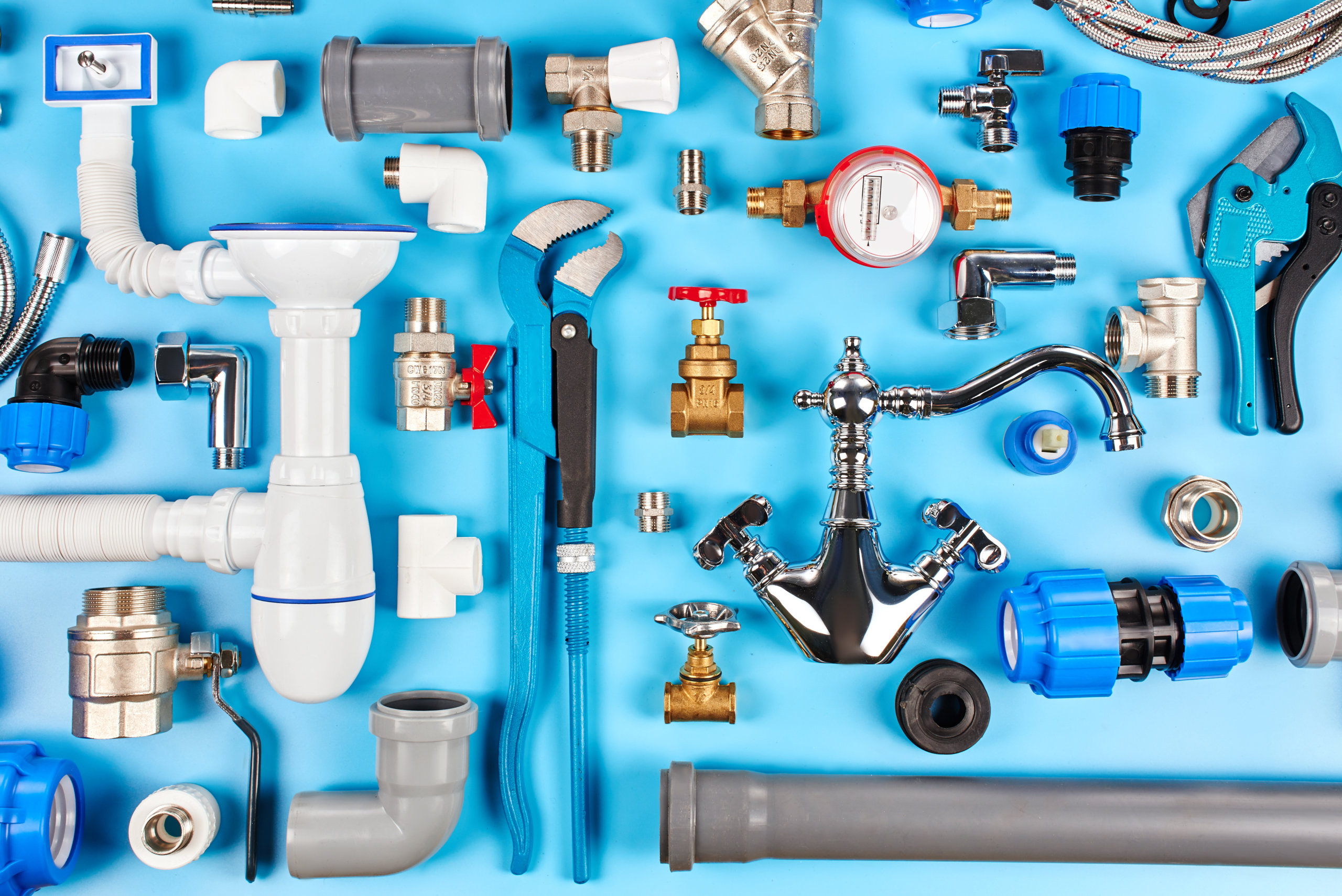Most people who live in urban or suburban areas get their water from a main water line that runs underground. This main water line is usually regulated by the city and delivers all of the water you use in your home—including the water that comes out of your faucets and the water that is used by your home appliances such as your dishwasher, washing machine, ice maker, etc.
A functional main water line is the key to a functional home plumbing system. Any problem with your main water line will inevitably lead to problems with your home plumbing. Learning the most common early signs of a main water line that is in need of repair or replacement can help you know when it’s time to call a plumber before the problem gets worse.
1. Your Plumbing is Making Noise
Of course, plumbing isn’t always completely silent. While you are running a faucet or right after you flush your toilet, it’s normal to hear some noise as water flows through the pipes in your home plumbing system.
That being said, hearing unfamiliar noises from your pipes when you have not used the toilet, sink, or shower for a while is a sign that there might be a leak in your main water line. Odd gurgling and banging sounds are the most common audible signs that it might be time for your water line to be replaced.
2. Your Water Bill is Unusually High
Your water bill is based on the amount of water you use in your home throughout the month, so it’s normal for your bill to fluctuate slightly from month to month. However, if you notice that your water bill is unusually high at the end of the month, your main water line might be in need of repair or replacement.
If your main water line springs a leak, that means some of the water that flows through it escapes via the leak and never makes it to your home plumbing system—which means that more water has to flow through the water line in order to deliver a normal amount of water to your home. That increased amount of water flowing through your main water line is accounted for in your monthly water bill, which increases the cost of your bill even though you are not necessarily using any additional water in your home.
3. You Find Pools of Water in Your Yard
If you stumbled across a small pool of water outside your house, you probably wouldn’t think much of it. However, unexplained pools of water in your yard can be signs of a leak in your main water line. Your main water line runs underground, and any excess water leaking from it can make its way up above the soil and pool outside your house. Even if you don’t notice visible puddles of water, pay attention to any discrepancies in the color of the grass throughout your yard. If your lawn is flourishing abnormally in one area, that might be a sign that is getting more water than the rest of your lawn due to pooling water from a leak in your water line.
4. Your Water Pressure is Weaker than Usual
Weak water pressure is sometimes more than just a mildly infuriating nuisance that makes your showers a bit less enjoyable. If your water pressure seems abnormally low, that might mean that your main water line needs to be replaced.
Blockages in main water lines can cause less water to be able to flow into your home plumbing system, which can lead to an otherwise unexplained drop in water pressure. Most homes undergo minor drops in water pressure from time to time, but contact a plumber to assess your main water line for a block if your water pressure is consistently lower than it should be.
5. Your Toilets and Drains Keeps Clogging
Toilet and drain clogs are annoying, but they are common enough that they are usually repaired quickly and then completely forgotten about. There are many root causes of toilet and drain clogs, which is why clogs are often dismissed without questions when they do happen.
However, frequent clogging of your toilets and drains can be a sign of a more severe problem in your home plumbing system. In fact, if you notice that the toilets and drains in your home are clogging often for no discernible reason, it could mean that your main water line is clogged with debris and needs to be repaired or replaced.


